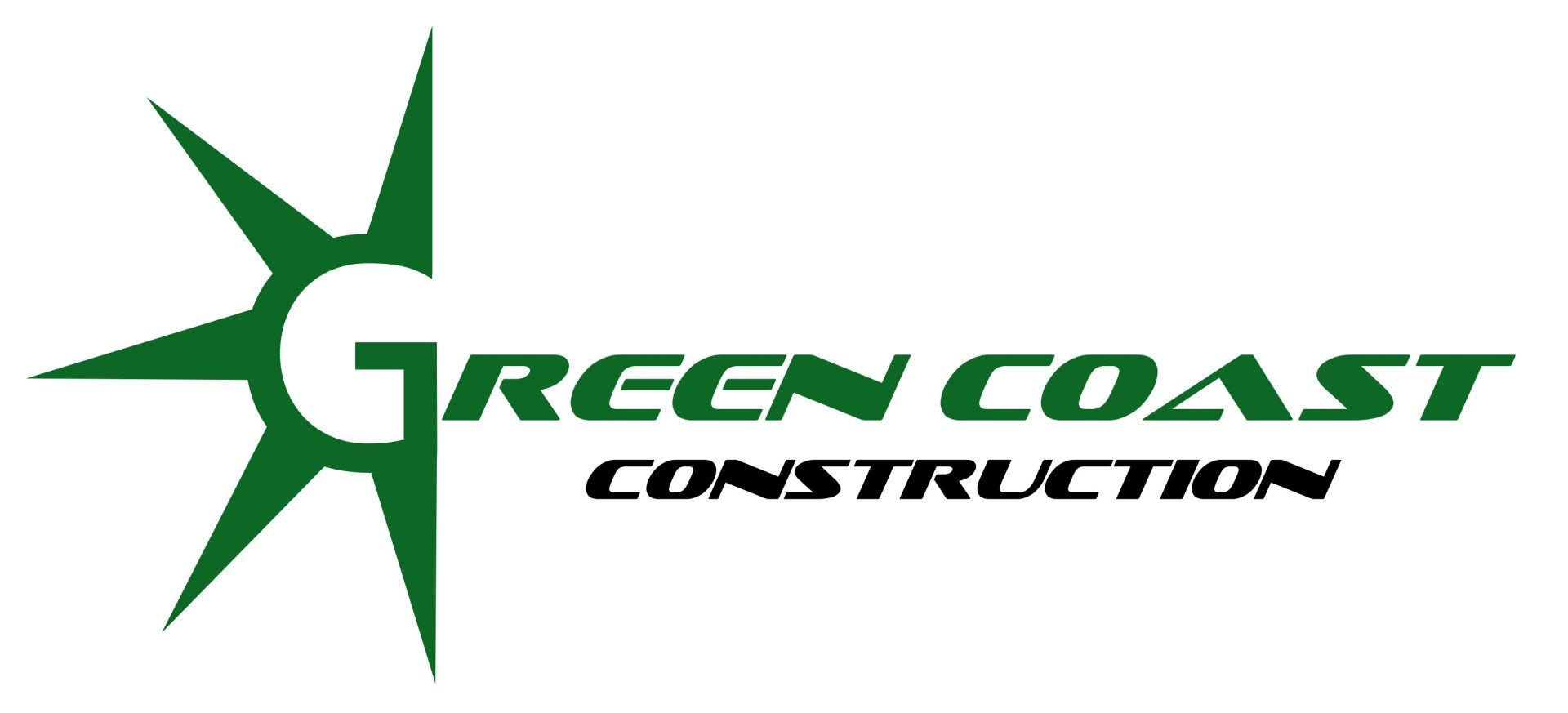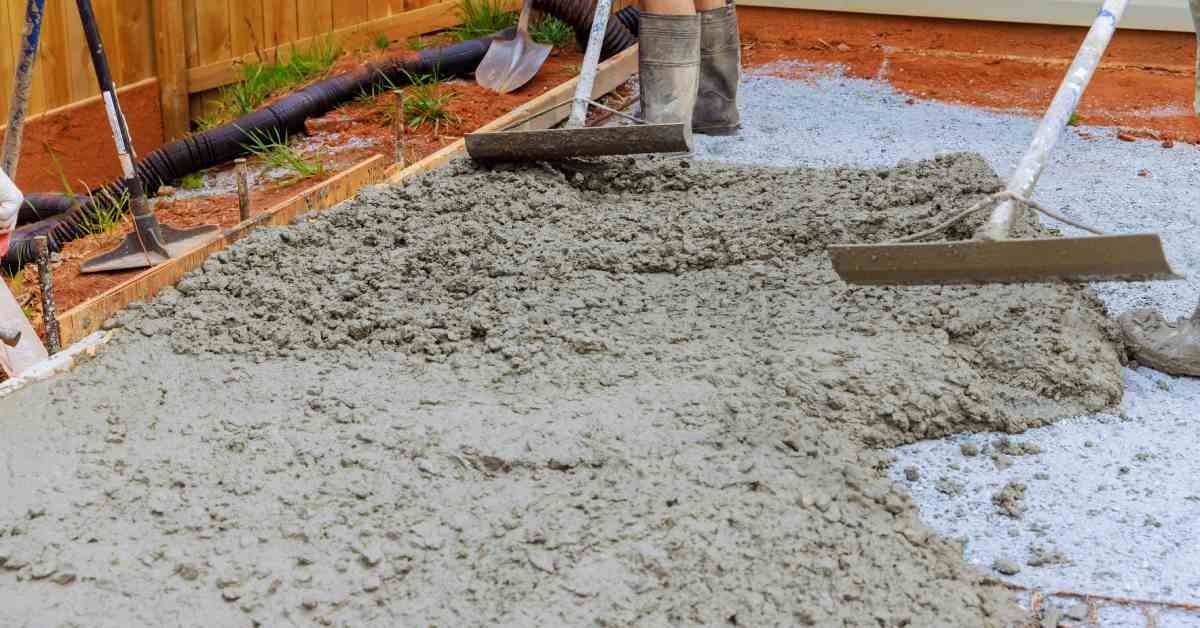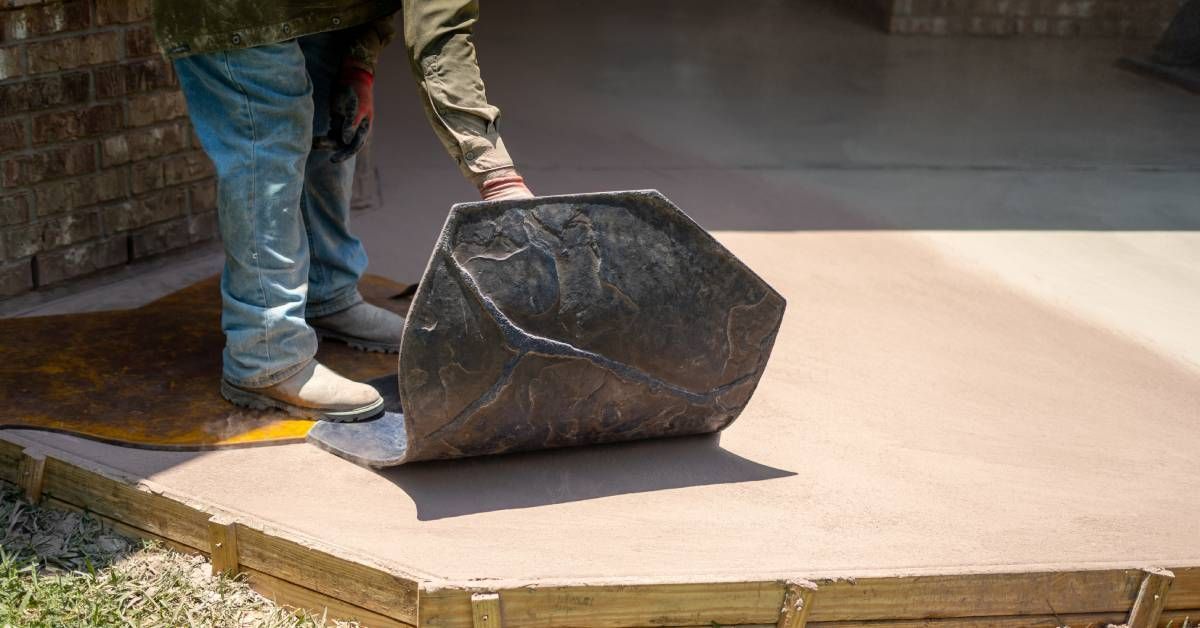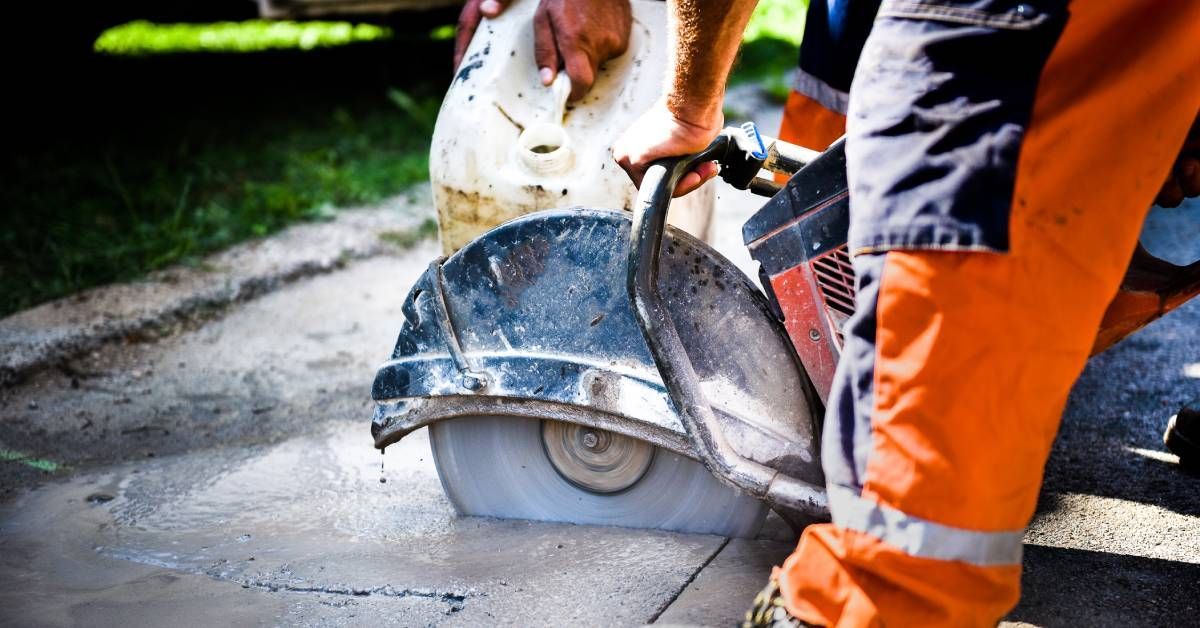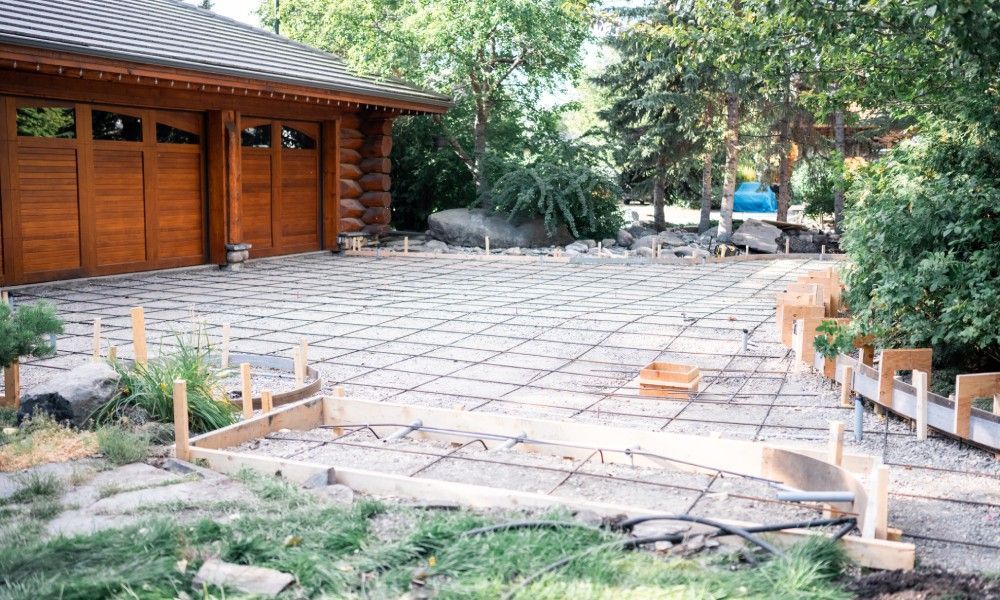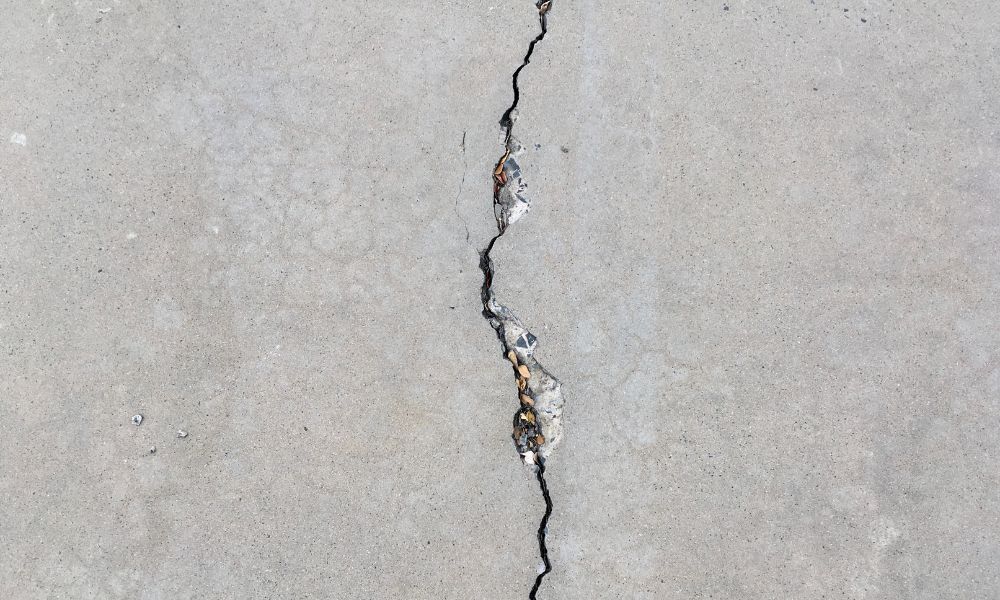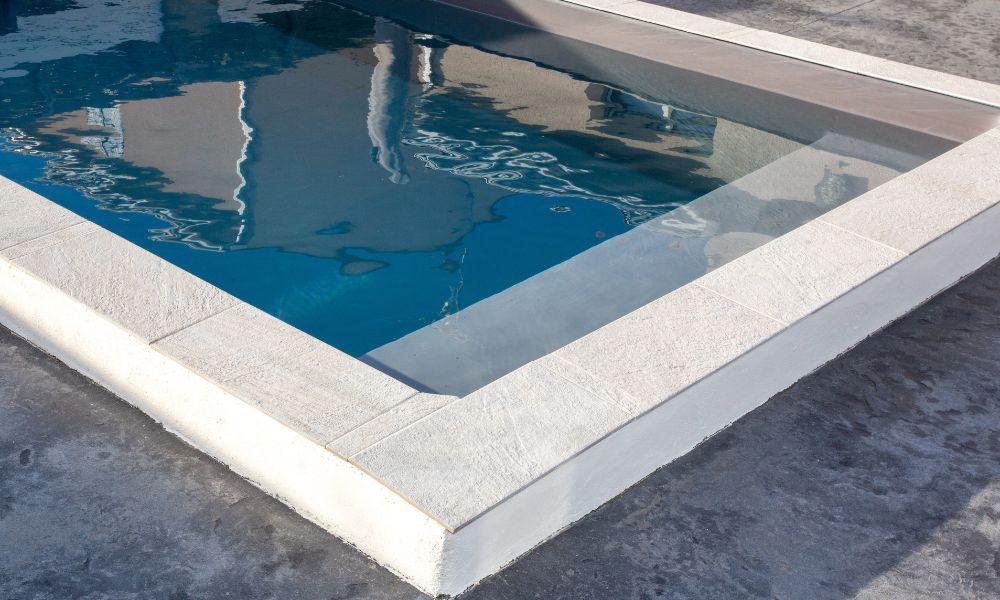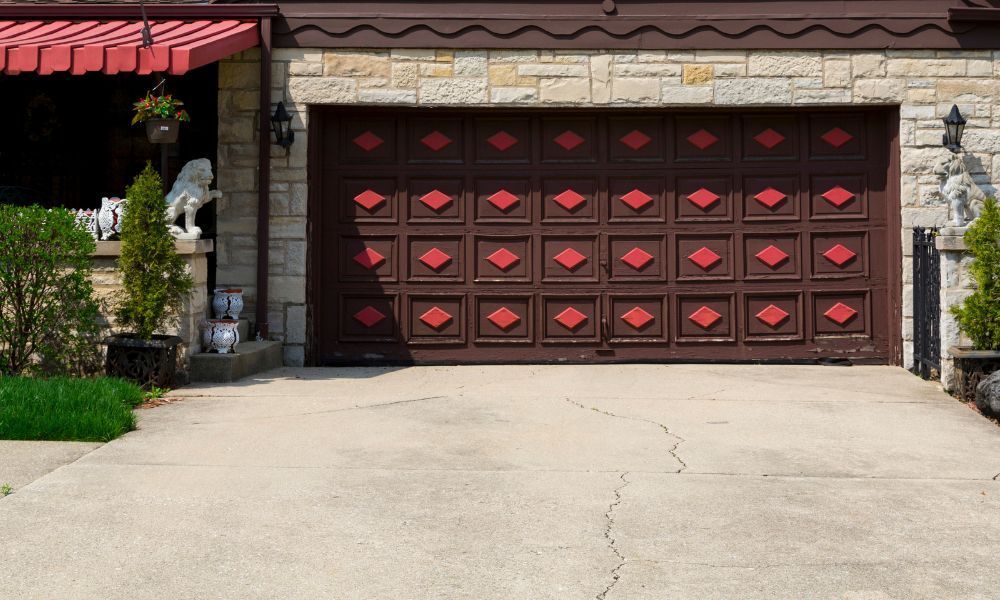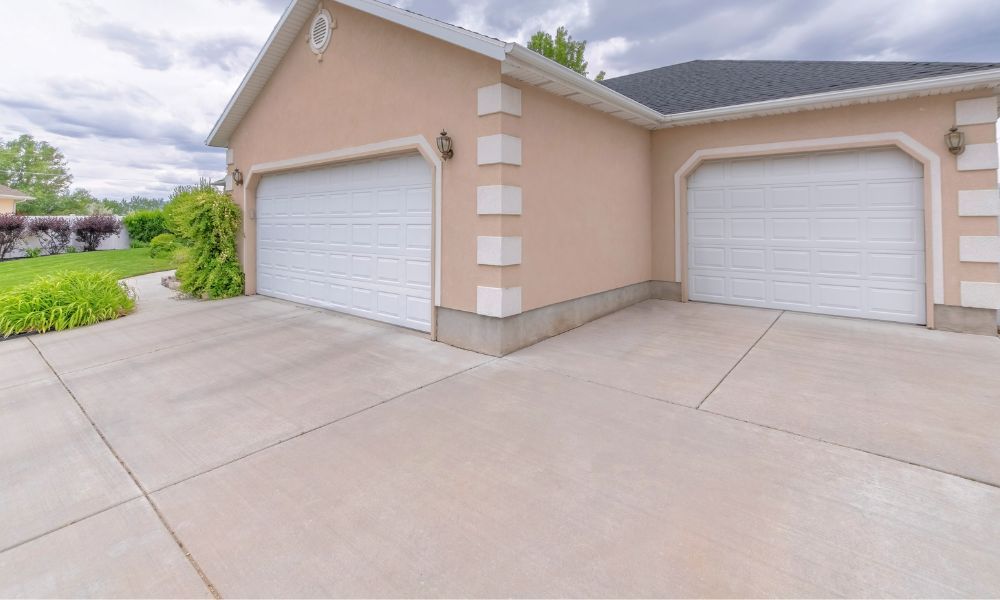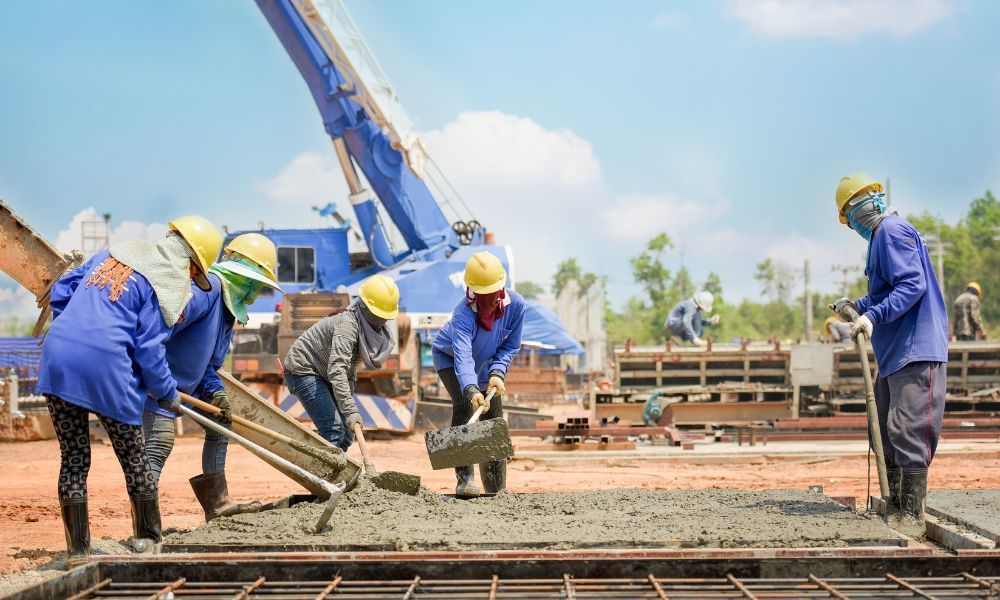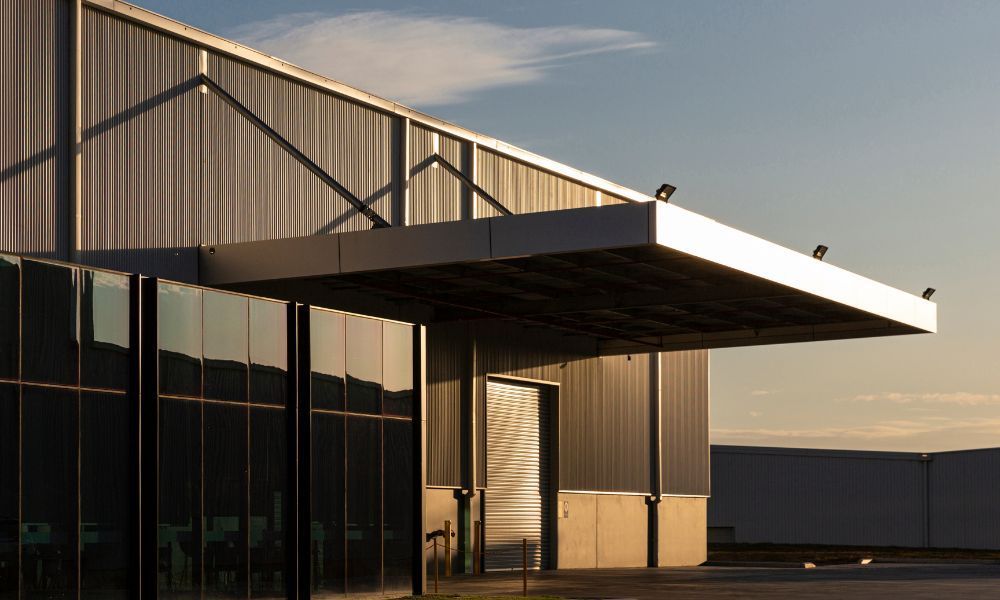What Causes Concrete To Crack Over Time?
Every homeowner or business owner who utilizes concrete around their property knows the frustration of finding cracks in its surface. Concrete is a durable and long-lasting construction material, but not even concrete can last forever. Cracks could be a sign of the material’s weakness or stress from the damaging conditions around it. Keep reading to learn what causes your concrete installations to crack over time.
Weather-Related Cracking
Concrete driveways, patios, sidewalks, and parking lots experience lots of weather-related wear and tear. From flooding to freezing, weather conditions can be tough on both residential and commercial concrete. In hot weather, concrete bonds can weaken and expand, which causes stress cracks. On the other hand, during cold months, the repeated freezing and thawing of the ground can cause concrete to heave, which also leads to stress cracks. Inspecting your concrete’s condition during periods of extreme temperatures can help you spot and repair cracks early after they form.
Concrete Shrinkage
Concrete shrinkage is a natural process that comes with this construction material. Contractors make concrete by mixing cement, water, and an aggregate. Over time, the water present in this mixture will start to evaporate as the concrete hardens. This reduces the size of the concrete surface and puts stress on the hardened materials, causing cracks. Although some concrete shrinkage is inevitable, you can minimize this process by using minimal water content in the original mixture. You can also reduce cracking from shrinkage by reinforcing concrete slabs with rebar. Concrete installations, especially those that are thicker than four inches, are more likely to experience tension and shrinkage cracking when they don’t possess rebar reinforcement. Rebar can also help minimize weather and weight-related cracks.
Cracks From Ground Settlement
Settling is another common cause behind concrete cracks. Once hardened, concrete becomes a heavy and durable material. This is ideal for long-lasting installations, but only if you pour it on the correct ground surfaces. Areas that experience frequent runoff, have tree roots nearby, or have loose soil are poor environments for concrete pours due to ground settlement. When the soil beneath the concrete shifts, it can cause unevenness and cracking in the concrete.
Exceeding Weight Limits
While most residential concrete users won’t have to worry about too much weight, commercial applications may experience more weight-related damage. Large machinery, heavy equipment, semi-trucks, and trailers all put additional stress on concrete parking lots, loading zones, and more. Over time, cracks can start to form in settings where heavy equipment and vehicles park frequently.
The next time you notice a crack in a concrete surface around your home or property, remember these common causes for concrete cracks over time. If you ever need concrete driveway work in Montgomery County, TX, reach out to our experts at Green Coast Construction. We can help identify the causes of your driveway’s cracks and fix them before they become bigger issues.
